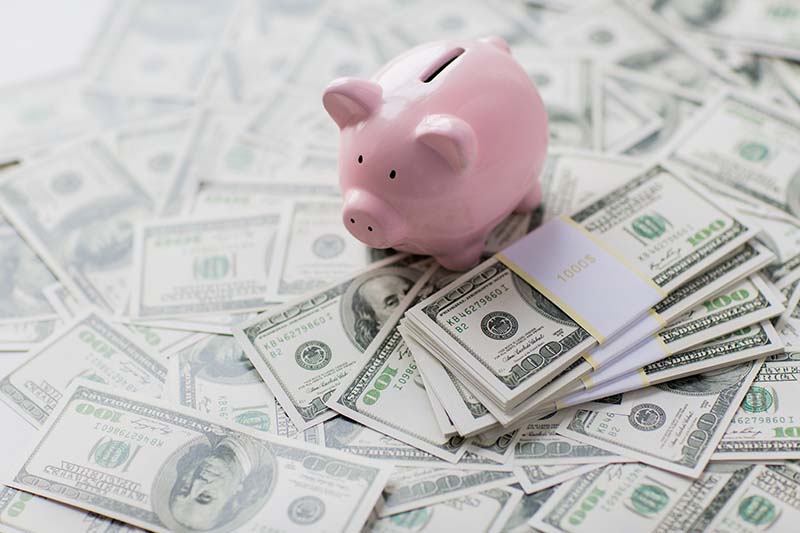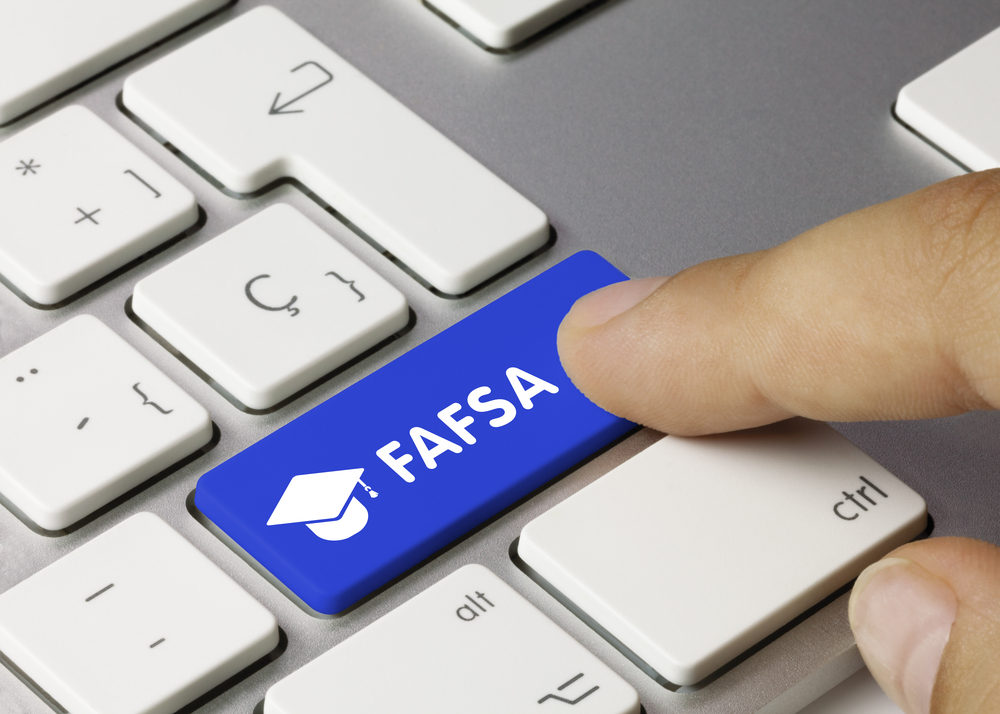
Student loans are an investment in your future.
When you apply for financial aid and receive a financial aid offer from the college financial aid office, you may be offered student loans. A student loan is money you borrow and must repay with interest.
Student loans can come from a variety of sources:
- Federal Direct Loans – Borrowed from the federal government by either the student or parent.
- State Student Loan Programs – Some state governments have student loan programs.
- Private Education Loans – Borrowed from a bank, credit union, financial institution, or other organization.
A few key things to know about student loans:
- Federal Direct Subsidized Loan – The federal government pays the interest while you’re enrolled in school at least half-time, during the grace period (six months after leaving school), and during periods of authorized deferment. Financial need is required to qualify. A credit check isn’t required of the student borrower.
- Federal Direct Unsubsidized Loan – The borrower is responsible for paying all interest that accrues from the date the loan is first disbursed. Borrowers have the option of paying the interest on a quarterly interest or capitalizing the interest. Financial need is not required to qualify. A credit check isn’t required of the student borrower.
- Private Education Loans – These loans require a credit check and income verification, and many require a cosigner if the borrower has a limited credit history. The interest rates can be fixed or variable and depend on the borrower or cosigner credit score. Some private education loans may require the borrower to make payments while in school.
Borrowing student loans is a big decision. Make sure you understand the options available and borrow conservatively.


